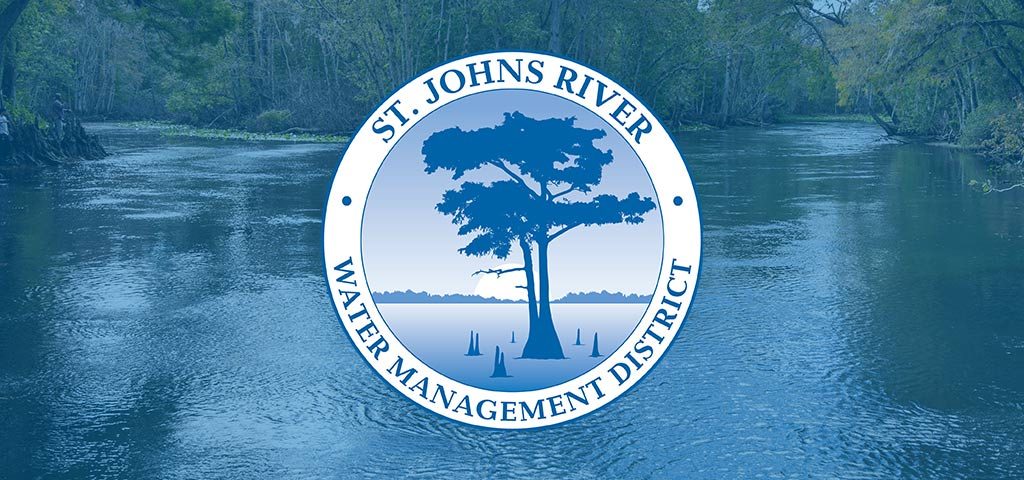Governing Board moves key Indian River Lagoon water quality project forward

District project in partnership with DEP, Brevard County to reduce nutrients entering lagoon
PALATKA, Fla., Feb. 13, 2020 — The St. Johns River Water Management District’s Governing Board today approved an interlocal agreement with Brevard County for a project that will capture thousands of pounds of nutrients annually before they can reach the Indian River Lagoon and will restore clean water to the St. Johns River.
“The Crane Creek/M-1 Canal Flow Restoration Project is one more example of the district helping communities reduce their impacts on the Indian River Lagoon,” said St. Johns River Water Management District Executive Director Dr. Ann Shortelle. “We’re proud to partner with the Florida Department of Environmental Protection (DEP) and Brevard County on a project that supports Governor DeSantis’ executive order to improve water quality.”
Located in West Melbourne, Melbourne Village and portions of unincorporated Brevard County, the Crane Creek/M-1 project will reduce the loading of nitrogen, phosphorus and sediments to the lagoon by restoring billions of gallons of cleansed freshwater each year to the St. Johns River. Major project components include an operable weir located near the natural coastal ridge, a stormwater pump station and a stormwater treatment area to ensure that nutrients and sediments are removed prior to the water’s return to the St. Johns River.
“Brevard County and the Save Our Indian River Lagoon Program are very pleased to partner with the district on stormwater treatment for 5,300 acres and re-diversion of freshwater to the St. Johns River, where it belongs,” said Virginia Barker, director of Brevard County’s Natural Resources Management Department. “We look forward to the nutrient reductions and other environmental benefits this project will deliver to the Indian River Lagoon.”
The Brevard County Save Our Indian River Lagoon Program contributed more than $2 million and DEP provided nearly $2.5 million, with the district funding the remainder of this beneficial project which will cost an estimated $10.5 million. The district is managing design and construction of the project as well as operating and maintaining the system. Construction is anticipated to begin in August 2020.

